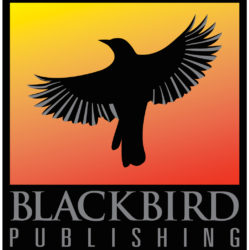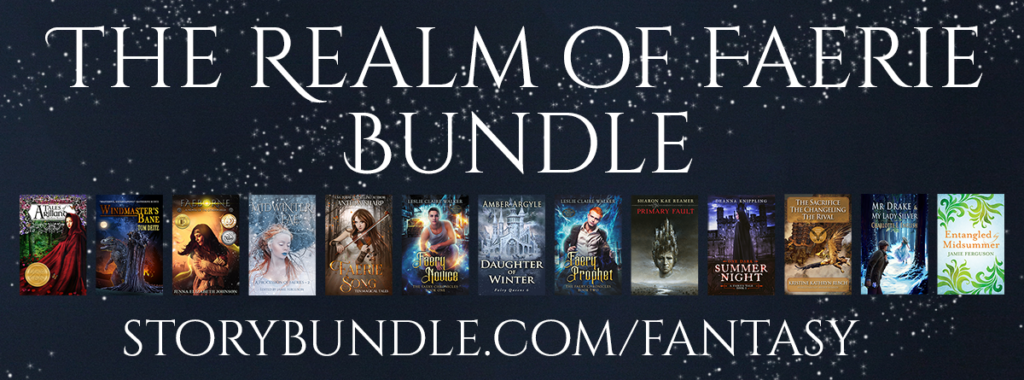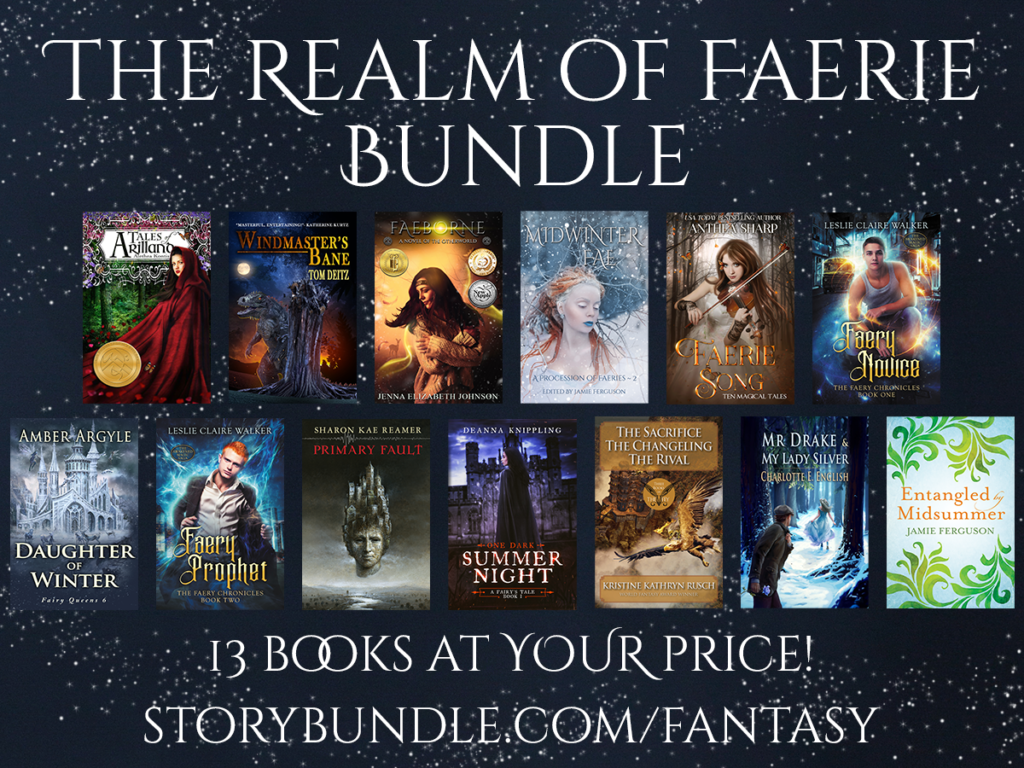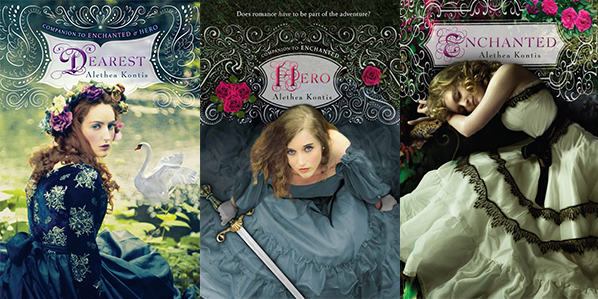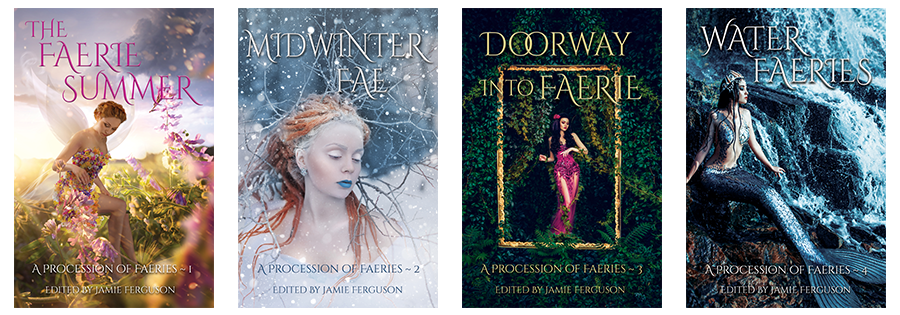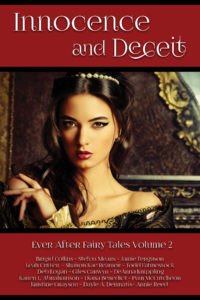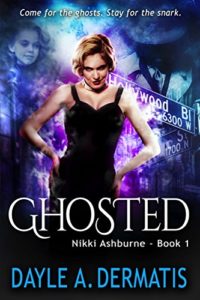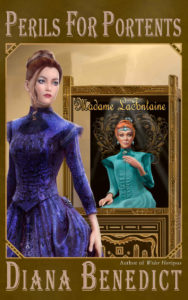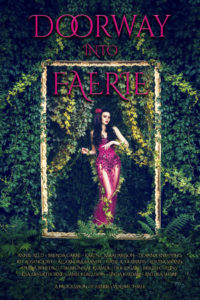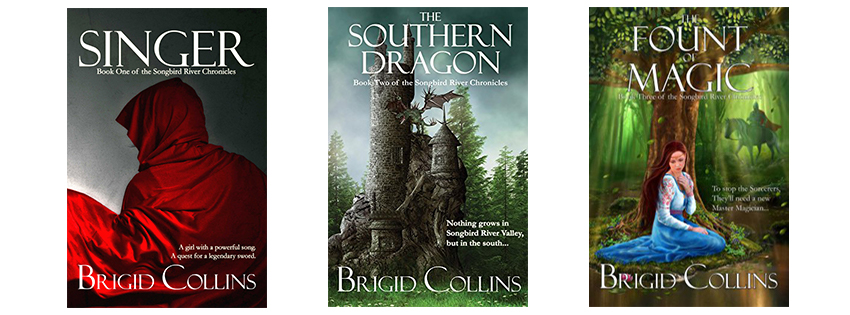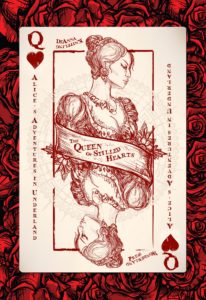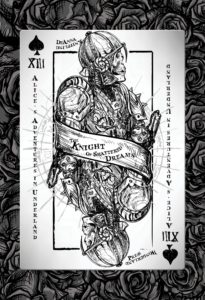Amber Argyle’s novel Daughter of Winter is available for a limited time in The Realm of Faerie bundle.
Amber’s book Of Fire and Ash, which is in the same series as Daughter of Winter, is FREE in Kindle Unlimited through November 23rd! Find it here: https://amzn.to/35vvUvr
Enter the Realm of Faerie, a world of beauty, danger, and enchantment. But remember the legends if you want to make it back home again…
Daughter of Winter
Bargains. Only the desperate need them. Only the desperate make them. And always, the desperate pay.
The silence and never-ending dark of winter are all Elice has ever known, for she is the daughter of the Winter Queen. Isolated in a northern queendom, she dreams of color and music and life. So when a whaling ship crashes just offshore, she doesn’t hesitate to rescue the lone survivor, Adar, who quickly becomes her friend. She must keep him hidden from her mother at all costs, for if the Winter Queen discovers him trespassing, she’ll kill him.
When her mother reveals just how dark her soul has become, Elice realizes she is as much a prisoner as Adar. To ever know true freedom—to ever become the woman she was meant to be—she must flee with him. But in their flight, she begins to see hints of something more nefarious. The darkness that has taken hold of her mother is spreading, staining the world with its influence.
Unbeknownst to Elice, a bargain was made long ago. A bargain she was born to fulfill.
Excerpt
Movement in the sky drew Elice’s gaze. A flock of ice fairies shifted in the air currents like a school of fish, their clear-as-glass wings catching the sunlight in a thousand sparks. They hovered between Elice and the ship. Dread seeped into the place where hope had been. She was too late. Too late to meet the ship. Too late to warn its occupants.
Tinted green by the water, a spear of ice shot out, stabbing into the underbelly of the ship. The ship’s scream sounded remarkably close to the cry of the dying seal pup just a few minutes before. The men released a small boat, but the moment it hit the water, it was crushed between two ice floes.
Having completed their dark task, the fairies fluttered away, leaving the craft in her death throes as they headed toward Elice. She knew their destination was the Winter Palace, and she was directly in their path. She ducked down, pressed herself flat, and tried to keep her breathing shallow. The fairies passed over her, their wings making a sound like a hundred scissors opening and closing at once.
Elice wanted to stay put until the fairies were long gone, but there wasn’t time. Whatever they’d done to that ship had doomed it—otherwise they wouldn’t have left it. She eased around the other side of the rise, putting the iceberg between herself and the fairies and hoping her movements hadn’t caught their attention.
A horrible screeching of wood made her whip around. The ship canted to one side before plunging into open water again. It was listing badly and sitting heavy. Water gushed out some sort of pump, but the craft was sinking fast now, water closing around the sailors. They began to scream.
—from Daughter of Winter by Amber Argyle
The Interview
Daughter of Winter (which can be read as a standalone!) is the sixth book in your Fairy Queens series. The battle between Summer and Winter Fae, which is a key premise of this series, has a basis in folklore and mythology. What inspired you to use this as a key part of your series?
I remember being utterly fascinated by Fantasia as a kid, especially the scene where the fairies change the seasons with their magic. It was ethereally beautiful. And yet…they had all this incredible magic, and they never asserted it over anyone.
Or maybe they did and mankind just never knew…
What if they were beautiful and ethereal and delicate, but also dark and terrible? What if they used their beautiful, terrible magic to offer mankind bargains, and the price of that bargain was to become one of them?
This series takes place over time, so the characters age and grow. Was it difficult, fun, or both to see your characters change over time?
It depends on how their stories turn out. Not all of them have perfect happily ever afters. Two characters in particular prick at my author guilt. I put them through a lot, and they did the best they could. But the cost was often high.

The world you created in this series is beautiful, fascinating, and complex. Do you plan to write more stories set in this world?
I actually want to plan several spin off series. In the books, the magic is a sentient being that lives and then is reborn in a new form. So each series would deal with the magic in its new form, with the characters of the first books becoming the legends and gods of the subsequent books.
I always have more ideas that the time to ever write them all, unfortunately.
You weave aspects from fairy tales into your Forbidden Forest series, which begins with a young woman following her younger sister into the forest…a forest that’s inhabited by a dangerous beast! Which fairy tale elements did you find most fun and interesting to incorporate?
I combined Beauty and the Beast with the Pied Piper. So the beast lives in the sentient woods and lures girls into the Forbidden Forest, never to be seen again.
Of course the villagers don’t know where the girls go. They just disappear in the night, and none ever return. Until Larkin does. But now the beast has had his taste, he’ll never let her go…
Curse Queen, the fourth book in your Forbidden Forest series, is coming out soon! Can you give us a sneak peek?
The Silver Tree had no ears with which to hear nor eyes with which to see.
So he borrowed them.
No.
Not borrowed.
Traded.
The tree grew thorns which mankind slipped into their skin. Bits of living, thinking magic that took root and grew, giving men and women access to the tree’s enchantment. In exchange, the tree took the memories of the dead and the companionship of the living.
It had always seemed to the Silver Tree a fair trade. More than fair. For though his mind could not understand the strange thoughts and ways of mankind, for the first time, he experienced color and light; patterns and music; and the glory of purpose and movement.
What he did not intend, was the price of that freedom. For not all men chose the light.
Tonight, one man reveled in the dark, jagged shadows that crouched in the corners of his mind. His darkness began to infect the Silver Tree; to choke out its own inner light. Shadows moved beneath his bark.
Shadows that spread like a dark promise.
Within the Silver Tree’s boughs came the strains of music made magic. Music created by women with enchanted flutes in impossible shapes and varieties. At the wide, flat expanse between where his enormous trunk met the boughs, nearly one hundred and fifty dignitaries of two kingdoms swirled—protected from the bitter cold by the same magic that rode on the melody. The magic he created. The men and women didn’t sense the darkness hidden in the crevices of the magic. Didn’t notice the shadowy, delicate fingers that brushed against them, deciding who among them would die.
Aware and trapped inside his own rigid form of wood and bark, the Silver Tree felt the strains of music like wind through leaves and water winnowing through roots, a language of movement and sight and sound—things at once known and unknowable.
He tried to warn them, these people who had no idea of the darkness. Had he lips, he would have screamed. Could he move, he would have swept them off his body. But as it was, he could only watch through borrowed eyes.
High above, the magical globe encircled his city of enormous trees that grew out of the lake. Outside, a thousand frozen flakes sent gentle ripples dancing from one side to the other until the dome was completely blanketed with snow. That snow melted against the city’s captured warmth, streaks of water running into rivers that fed his massive lake.
Water above, water below. And in the space between, he gleamed in the very center of his lake forest. Sparkling like frost, his inner light reflected across the snow and the mirror-still surface of the lake, so that the night gleamed silver bright.
That beauty was a lie. For the shadowy fingers had stilled on a victim. Someone was about to die.
How do you feel growing up on a cattle ranch has influenced your fiction?
Well, I know how to write horses. Lol
In all the hours I spent outside, I learned how to notice details – the smell of cut hay, the gathering leaps of the horse beneath me, the feel of wind in my hair. I remember moving sprinkler pipe with my dad and brother. The water snakes that would slide out of the pipes. We’d chase them down and play with them. Mom would always have a breakfast of sugary sweet pancakes waiting for us.
Every day was it’s own adventure. And while my body was busy working, my mind was spinning stories about faraway princes and princesses, evil villains, and daring adventures.
The main character in the first book in your Witch Song series is about Senna, a young woman who is persecuted for being who she is: a witch. As she learns more about who she is, and makes hard decisions about who to trust and what is and isn’t worth sacrificing, she learns a number of important lessons that are valuable to your readers as well as to Senna. Was this your intention when you started writing this story, and how do you feel about this?
I wanted kids who felt bullied and powerless to find a kindred spirit in Brusenna. I wanted them to learn right along with her that what makes her different is what makes her beautiful. In the beginning of the book, Brusenna wants nothing more than to blend in, be like others. It’s only as she matures that she realizes the very things that make her different also make her beautiful, strong, and powerful. And she wouldn’t trade any of those qualities just to blend in.
I also wanted kids to learn how to choose whom to trust. If a person encourages you to become something more— someone better without asking for anything in return (except friendship), that person is worthy of your trust. People who genuinely care about you don’t need anything in return. There is no price, no bad consequences for being with them. Because they’re pulling themselves up with one hand and you with the other.
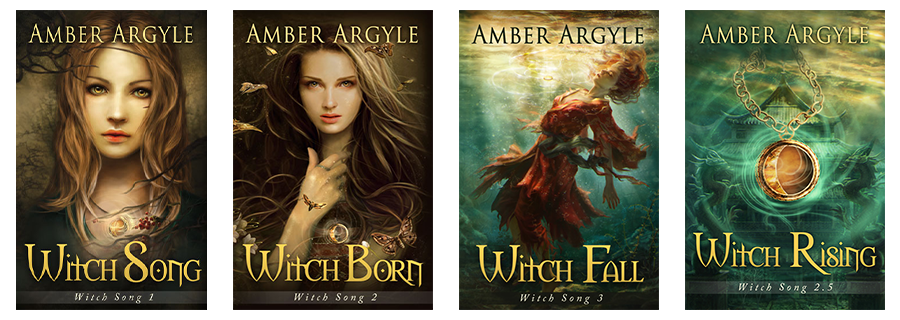
What are you working on now, and what’s fun about what you’re writing?
I just finished my edits for a spin off story, Curse Queen, for my Forbidden Forest series. As soon as I’m finished with my cowboy romance (which will be out soon!), I’ll start drafting the final book, Wraith King.
The romance is so fun! It’s hard to write humor into fantasy books – humor is so culturally based that it’s nearly impossible to pull off. So it’s been a blast to write humor into my cowboy romances. More than once, I’ve been laughing maniacally at what my characters are doing on screen. While I’m alone. In my house.
The neighbors are all very concerned.
About Amber
Bestselling author Amber Argyle writes fantasies where the main characters save the world (with varying degrees of success) and fall in love (with the enemy). Her award-winning books have been translated into numerous languages and praised by such authors as New York Times bestsellers David Farland and Jennifer A. Nielsen.
Amber grew up on a cattle ranch and spent her formative years in the rodeo circuit and on the basketball court. She graduated cum laude from Utah State University with a degree in English and physical education, a husband, and a two-year-old. Since then, she and her husband have added two more children, which they are actively trying to transform from crazy small people into less-crazy larger people. She’s fluent in all forms of sarcasm, loves hiking and traveling, and believes spiders should be relegated to horror novels where they belong.
Find Amber
Website ~ Facebook ~ Twitter ~ Pinterest ~ Goodreads
Find The Realm of Faerie bundle!
This bundle is available for a limited time at StoryBundle.com/Fantasy.
Bundle buyers have a chance to donate a portion of the purchase price to the charities Mighty Writers and Girls Write Now!
